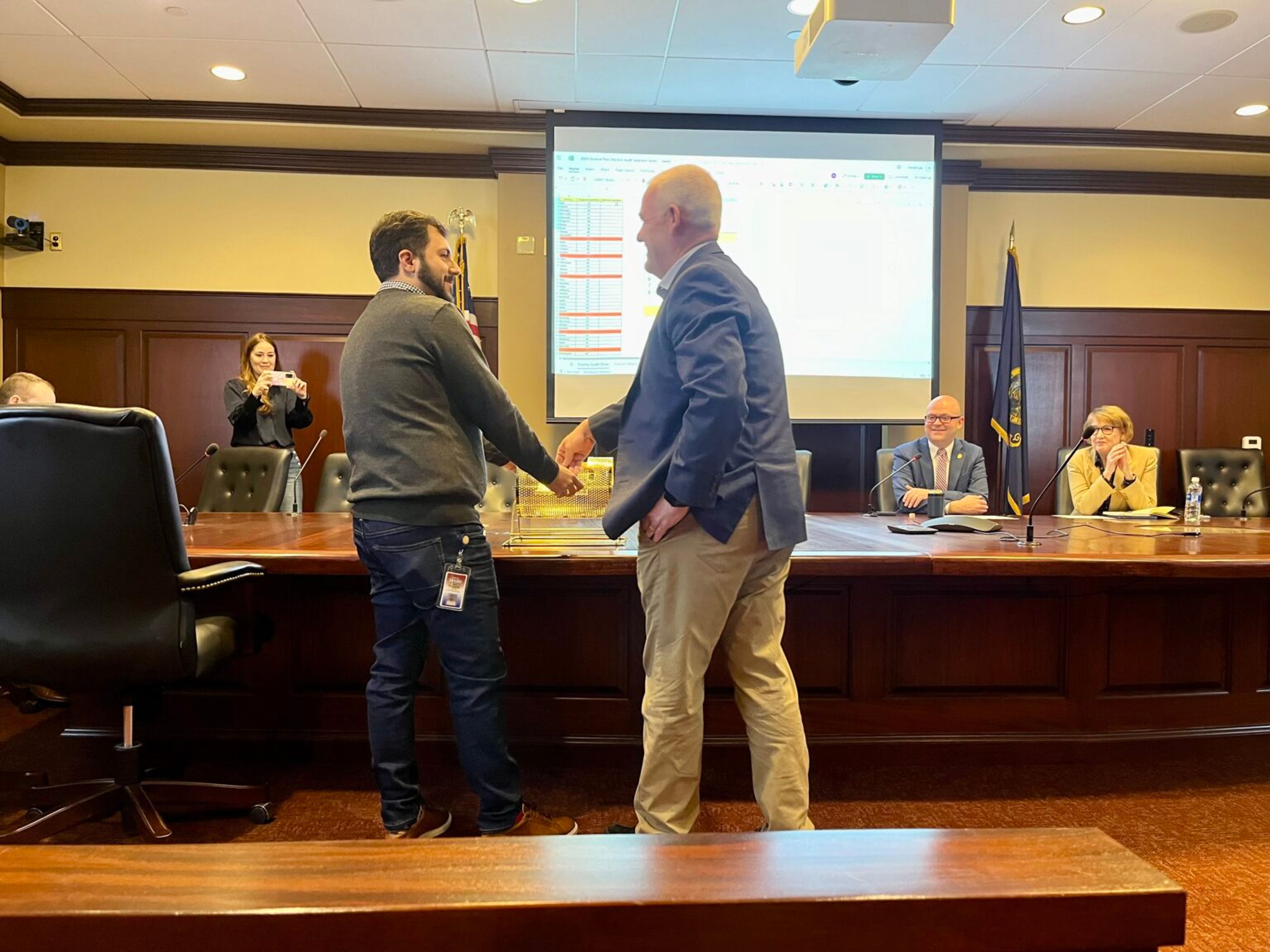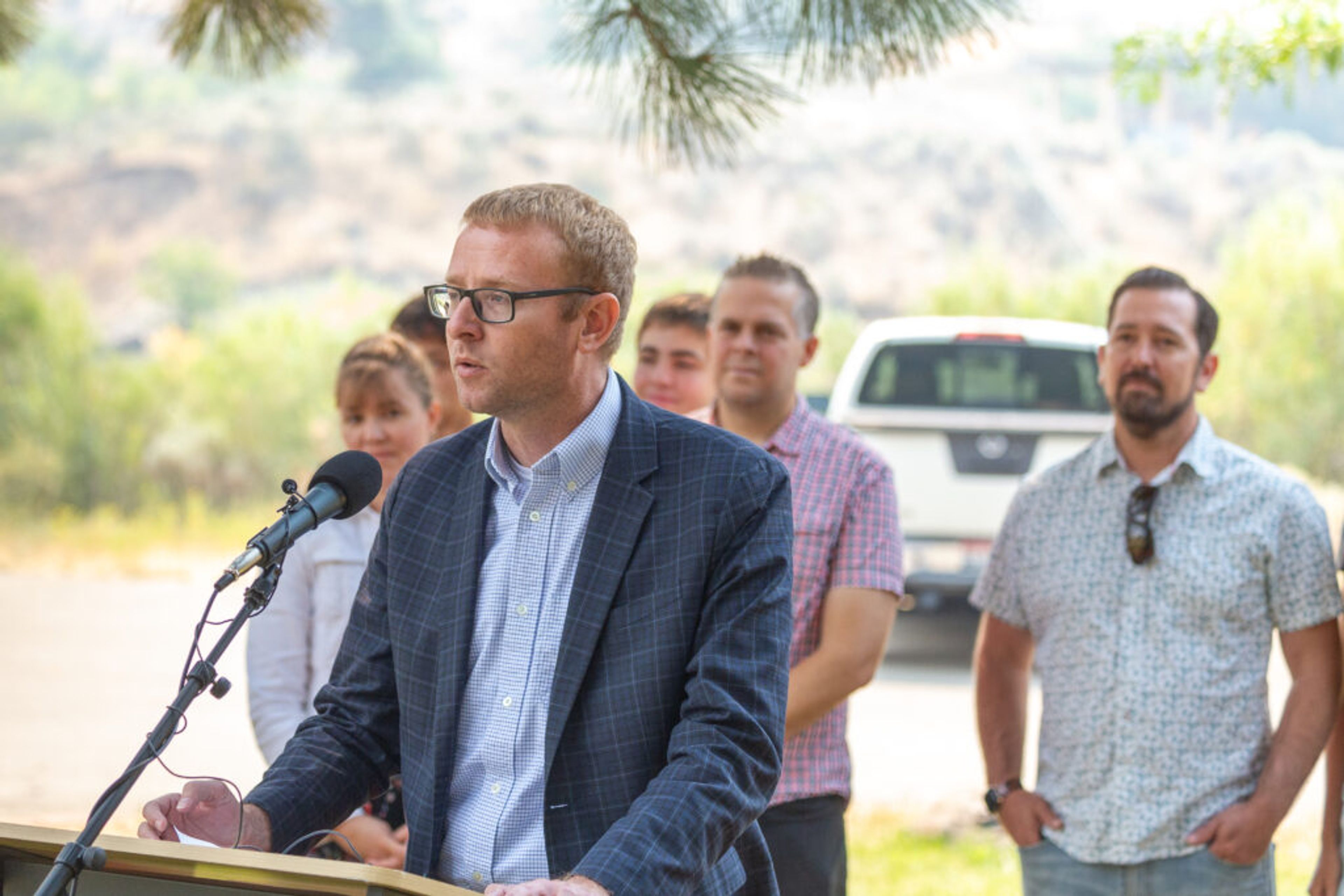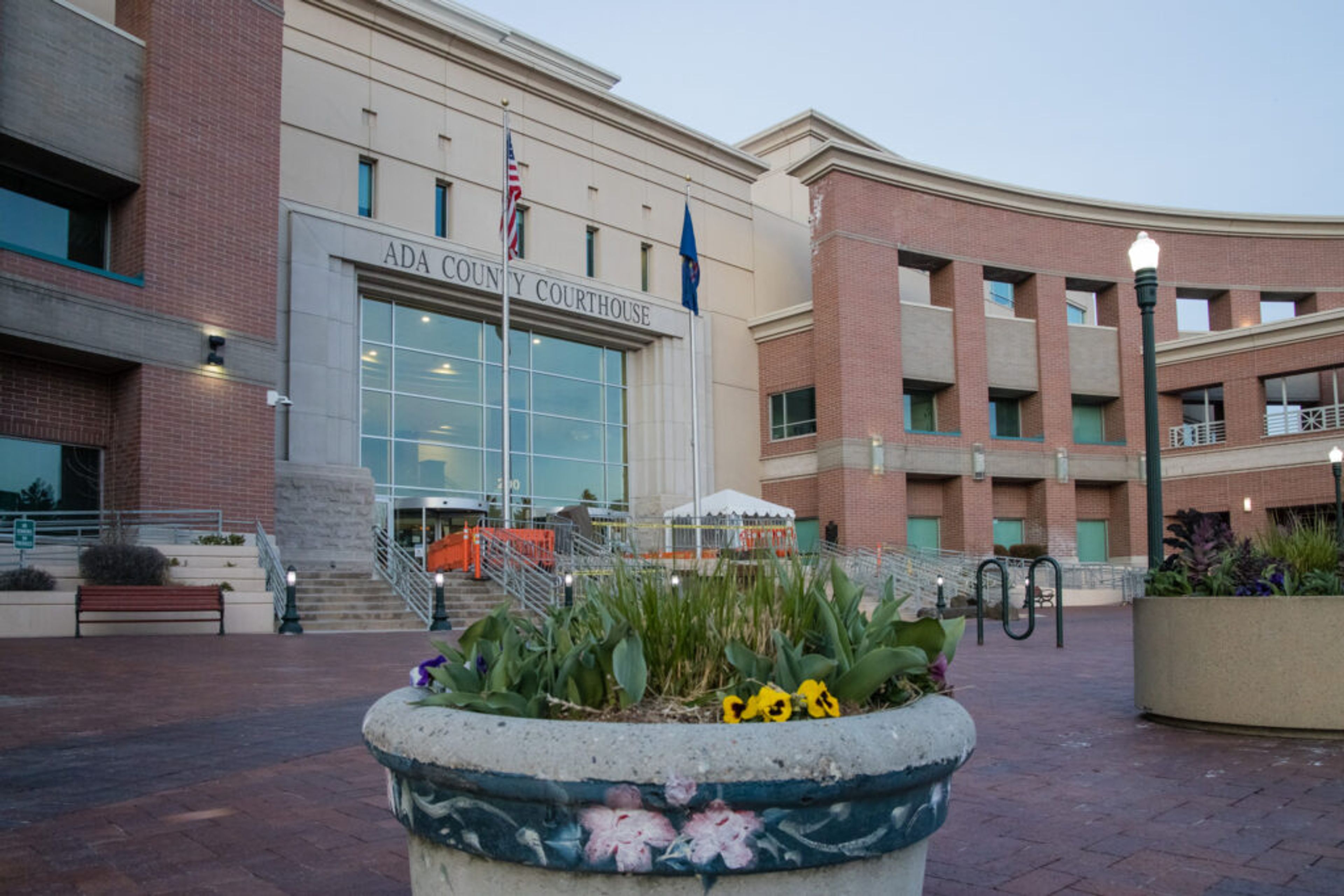West Coast heatwave intensifies: Lewiston-Clarkston Valley could hit 111 degrees Wednesday
High pressure system bakes L-C Valley and much of the West
A strong high pressure system is baking the entire West Coast and the worst is yet to come.
Lewiston hit 105 degrees Monday, two degrees off from the record for July 8. Orofino, Kamiah, Pittsburg Landing in Hells Canyon and Moose Creek in the Selway-Bitterroot Wilderness Area all registered triple-digit temperatures Monday.
But it’s going to get hotter. The Lewiston-Clarkston Valley is forecast to hit 110 today and peak at 111 on Wednesday before backing off a bit later in the week. Even so, high temperatures are expected to remain at or above 100 degrees through the end of the week, according to forecasts from the National Weather Service.
“Pretty much the entire West Coast of the United States is under some sort of excessive heat warning or heat advisory,” said Miranda Cote, a meteorologist for the agency at Spokane. “There is not any significant cool down to bring us closer to normal anytime soon.”
Don’t expect much overnight cooling, either. Cote said the forecasted low for tonight is 76 degrees.
High temperatures can be dangerous for people who have to work in the heat or don’t have access to air-conditioning. The Weather Service recommends people avoid strenuous activity during the heat wave, seek shelter in air-conditioned buildings when possible and to keep a close eye on children and the elderly who are more prone to heat related ailments.
The hot weather is also elevating the danger of wildfires. Historically, peak wildfire season in the mountains of northern Idaho and Montana is still about a month away, but the extreme temperatures combined with low relative humidity are priming conditions that drive fire spread.
“The hot and dry pattern through this weekend historically tends to shock our seasonal grasses to move toward dormancy and becoming fine fuels,” said meteorologist Rebecca McCormick, during a fire weather web briefing for the Northern Rockies Coordination Center. “We’re also seeing thousand-hour fuels dryer (at) this time this year than they were at this time last year.”
Thousand-hour fuels are large vegetation such as mature trees that take a long time to dry.
The heat wave is making conditions more difficult for adult and juvenile salmon and steelhead making their way to and from the Pacific Ocean. Jonathan Ebel, a fisheries biologist with the Idaho Department of Fish and Game, said the Snake River upstream of Lewiston and the lower Salmon River are prone to rapid heating. That will make it tough on endangered sockeye salmon making their way from the ocean to the Stanley Basin in central Idaho.
Cold water released from Dworshak Reservoir is keeping water temperatures at the four lower Snake River dams below 68 degrees. But that could change.
“It’s going to increase pretty rapidly, which is not a good thing for our migrating adults or downstream migrating juveniles,” he said. “If this heat wave persists for a week we will see temperatures increase, particularly at Lower Monumental and Ice Harbor dams.”
Hot weather could also bite into the yield of wheat farmers who use the river to move their crops to downstream markets. Doug Finkelnburg, University of Idaho Nez Perce County Extension agent, said the winter wheat crop that was planted last fall is in pretty good shape but spring wheat could take a hit.
“We haven’t had a lot of moisture this June and we could see some decreased yield as a result of the heat spell, especially if we don’t get a lot of moisture,” he said.
Barker may be contacted at ebarker@lmtribune.com or at (208) 848-2273.










